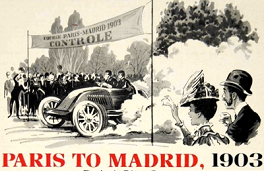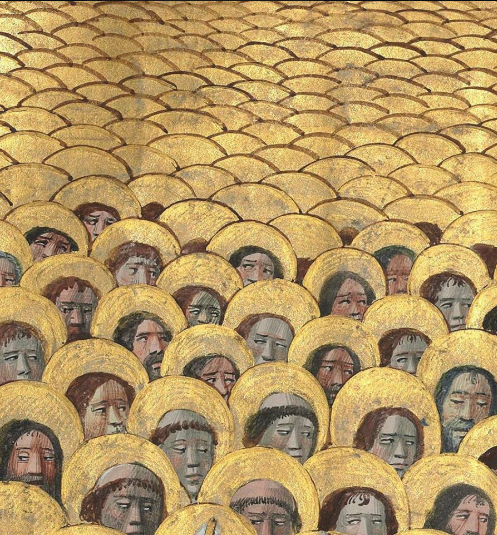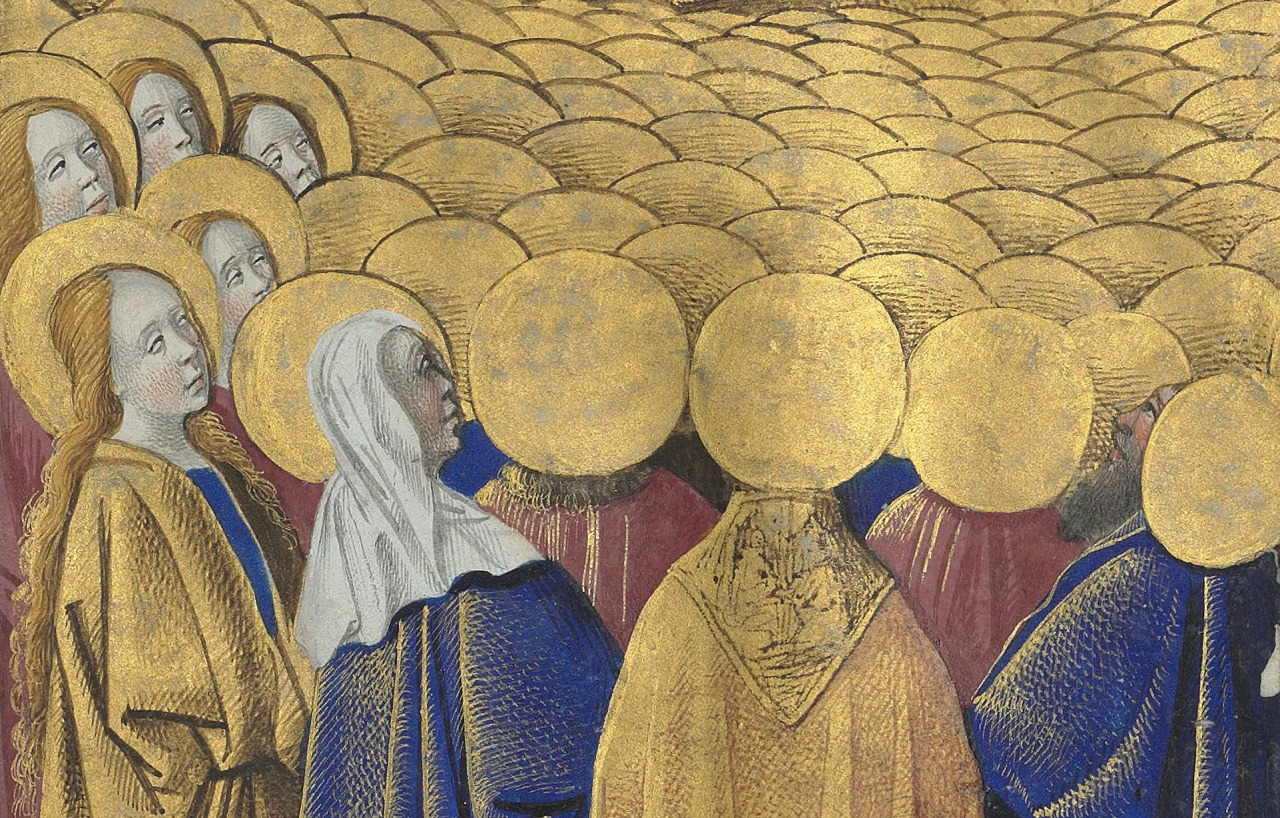[ by Charles Cameron — art meets theft, the theft of art meets the art of theft ]
.
That Modigliani, Woman with a Fan (Lunia Czechowska) — detail:

**
Foreground:
Today I was reading The French Burglar Who Pulled Off His Generation’s Biggest Art Heist. The burglar is named Vjeran Tomic, and known to le tout Paris as Spider Man.. It’s a fascinating piece, and inter alia illustrates once again the loose array of phenomena I’ve been noting under the rubric of unsavory sanctities..
At the =age of sixteen, magic hit Tomic:
Tomic was enraptured by Renoir’s glowing renderings of happy childhoods: kids playing with figurines, practicing the piano, snuggling with mothers. As Tomic saw it, Renoir had used his paintbrush to create a “parallel universe”—an enchanted version of the grim Parisian life he had known. “Renoir has a way of seeing life from a magical realm,” Tomic wrote to me. “It’s as if he even came from this place.”
Add a youthful, “devious” tendency to scaling walls, running roofs and theft, and you have the makings of a spectacular, special thief:
One night, he had a vivid dream in which he stole five paintings from a museum. He took it as a portent. As he wrote to me, “I knew that someday I would do something great.”
Even those he robbed could admire him:
I’ve always had respect for his style — an admiration for his temerity — and a sort of intimate affection for him … It was very much a Gentleman Burglar situation, Arsène Lupin style.” (Lupin, the quintessential debonair thief, was invented by the French novelist Maurice Leblanc, in 1905.)
And his friends:
A friend of Tomic’s described him as “brutal and a little wild.” At the same time, she said, he had a charming range of passions: “He is into aesthetics, classical music, nature, animals, epicurean pleasures—wine, cheese. He is very out there in his style, even his clothing.” (Tomic favors G-Star pants, New Balance sneakers, cashmere ski hats, and Lacoste underwear.) She said that Tomic was “like a poet,” noting that “he talks about the moon.”
It’s that last quote, of course, that perks me up, “poet” as applied to a master of theft strikes me as analogous to “saint” — and “he talks about the moon.” clinches the deal. More prosaically, “The Impressionist art feeds the poetry that is in him.”
By way of confirmation:
A friend of his compared him to a “shaman,” and added, “A work of art emits a vibration, a palpable energy, and Vjeran is able to connect to it.” When I asked Tomic about this assessment, he agreed, observing, “I love to touch antique objects, and I sense a great past—of generations and generations—that I think are a part of the works.”
A court-appointed psychologist came to a similar conclusion, noting that Tomic had described himself as a “visionary.”
**
Read the rest yourself, and you’ll discover, if you’d never known, or like myself you’d forgotten, this intriguing and peripherally related fact:
In 1911, a relatively uncelebrated painting by Leonardo da Vinci, the “Mona Lisa,” was stolen from the Louvre. It took twenty-eight hours before anyone even noticed that it was gone. The painting was missing for two years and, during that time, a great many people went looking for it, and the media attention helped turn the “Mona Lisa” into the most famous painting in the world.
And much more — including the present uncertain fate of that Modigliani.
Here.
**
Background:
We’d established (in Sermo I: Sanctity of the unsavory) that popular disposition extends the realm of sanctity to encompass some less than savory personalities:
Anthony Bourdain, for his charming habits with disgusting foods, televised..
Jesus Malverde and other folk saints in the Mexican tradition, including Santa Muerte
Master P, by implication in Heaven for a Gangsta?
I want to add, from British tradition:
Robin Hood, who is effectively a folk-saint who robs from the rich tom give to the poor
**
Now let’s add art theft by colorful second story men to our categories and examples.




 –
–




